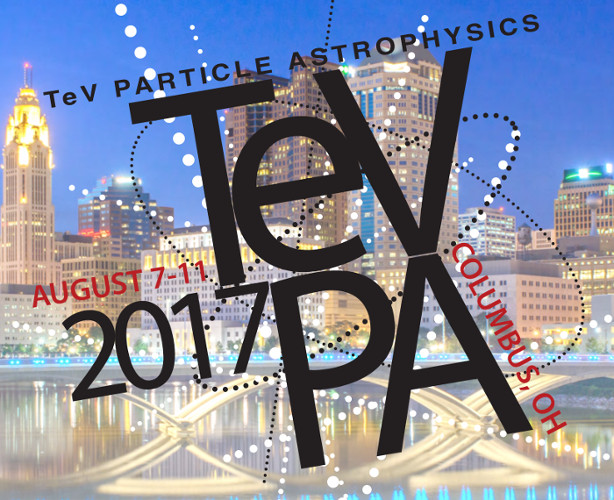Speaker
Description
With the installation of a fifth 28-m diameter telescope in the center of the array, the H.E.S.S. telescope array is now in its phase II, characterized by a low energy threshold below 100 GeV. The low-energy window is particularly appealing for extragalactic gamma-ray astronomy, because it allows the study of more distant sources, as well as sources characterized by softer spectra. In particular, flat-spectrum radio-quasars (FSRQs), which dominate the Fermi-LAT extragalactic sky but are rarer in the very-high-energy (VHE) gamma-ray band due to their low-frequency SED peak, are among the most interesting targets for H.E.S.S. II observations. In this contribution I will review some recent results from H.E.S.S. II observations on FSRQs, including the discovery of VHE emission from PKS 0736+017, the detection of 3C 279 during the 2015 outburst, and the detection of PKS 1510-089 during the 2016 outburst.

